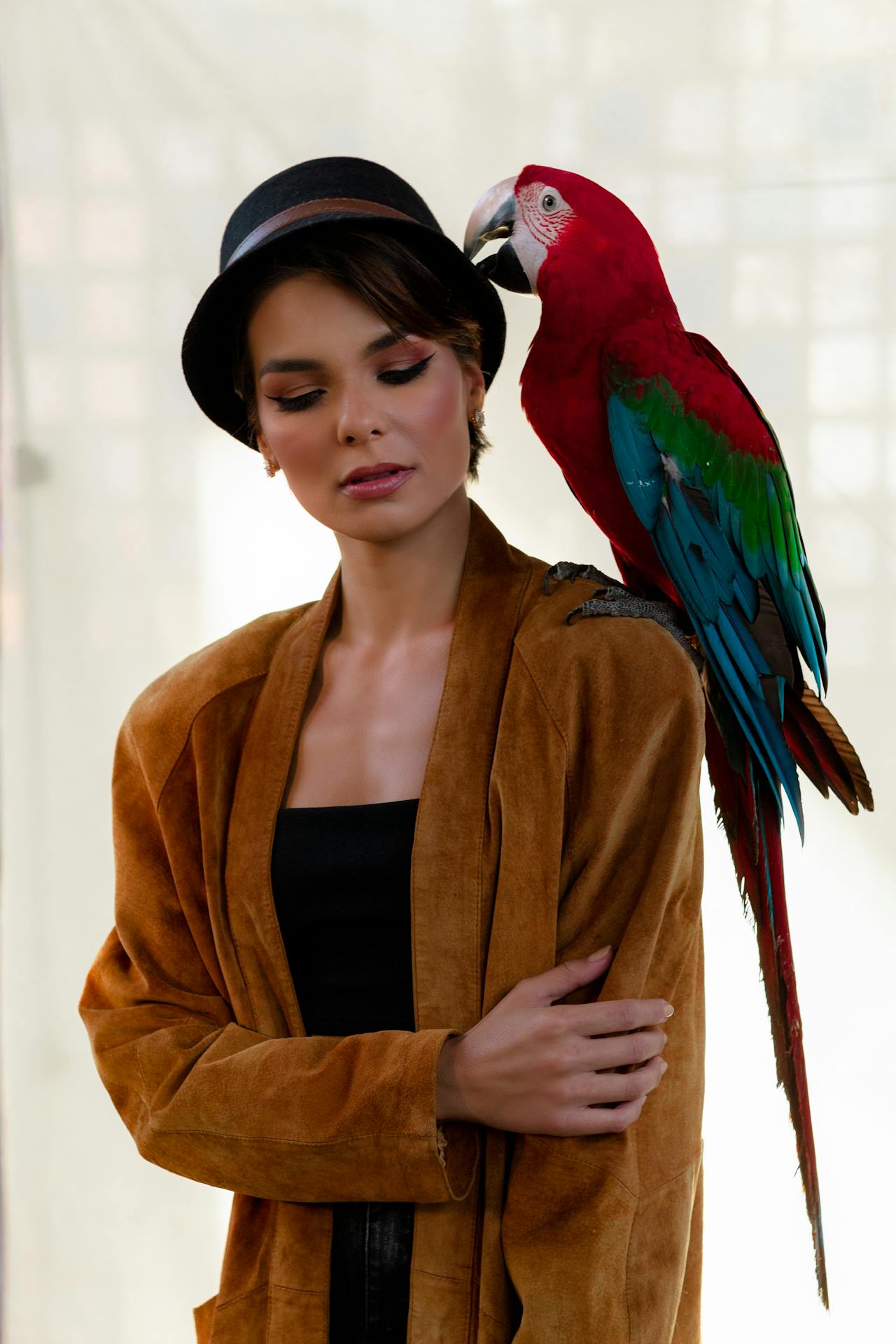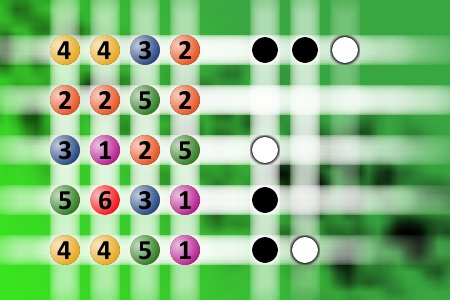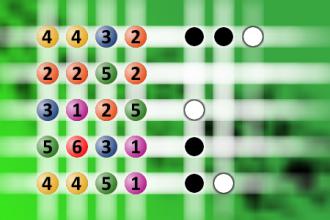Which is a winning combination of digits?
The computer chose a secret code (sequence of 4 digits from 1 to 6). Your goal is to find that code. Black circles indicate the number of hits on the right spot. White circles indicate the number of hits on the wrong spot.
Great short jokes for mid-week laugh
Sadly my obese parrot just died.
But it's a huge weight off my shoulders.
As I was sitting drinking my morning cup of tea in my slippers, I thought to myself...
I really must wash some cups!
"999. Which emergency service do you require?"
"What time is the next train out of Victoria station?"
"Sir, that is not an emergency."
"It most certainly is, I'm tied to the tracks!"
Airport police say that the number of people smuggling helium balloons in their luggage is under control.
But cases continue to rise.
A midget walks into a library and asked the librarian if there are any books about irony.
The librarian says yes it’s on the top shelf.
How many beans should you put in a pot of chili?
239. Just one more and it'll be too-farty.
My friend decided to get a face tattoo of his favourite Star Wars character…
You should have seen the Luke on his face!
My wife was blaming me for ruining her birthday
that's ridiculous, I didn't even know it was her birthday.
My wife was mad at me because I only spent half a minute celebrating her birthday
In my defense, she told me it was her 32nd birthday
How can you convert dollars to pounds?
By visiting McDonalds
She took me upstairs, got me to take all my clothes off and tied me to the bed..
And that’s why we aren’t allowed in IKEA anymore.

